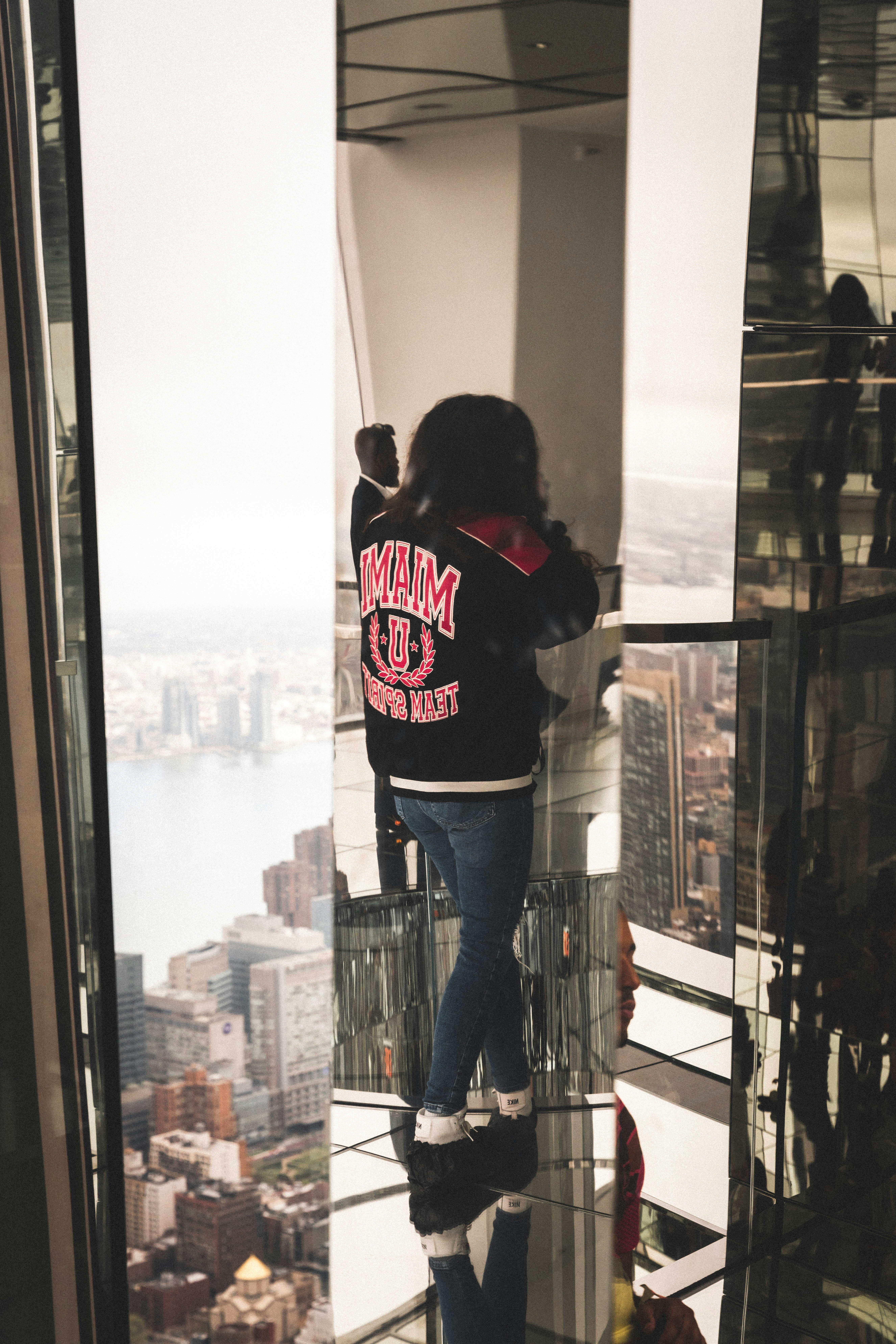Understanding the Power and Versatility of a DMX Controller in Modern Lighting Systems

Strong 8k brings an ultra-HD IPTV experience to your living room and your pocket.
In the world of professional lighting, especially in theatrical productions, concerts, architectural lighting, and clubs, the DMX controller is the heartbeat of an intricate and dynamic visual display. Whether you're a lighting technician, event planner, or venue manager, understanding how a DMX controller works—and what it can do—can transform how you approach lighting design and execution.
What is a DMX Controller?
A DMX controller is a device used to communicate with lighting fixtures and control their behavior. "DMX" stands for Digital Multiplex, a protocol that was originally developed in the 1980s to standardize the control of stage lighting and effects. The controller sends signals over a DMX cable to control multiple devices such as moving lights, dimmers, LED fixtures, fog machines, and more.
The DMX system operates on channels. Each lighting fixture responds to a specific set of channels, and each channel controls a particular parameter such as brightness, color, pan, tilt, or strobe.
How Does a DMX Controller Work?
A DMX controller functions by transmitting data packets via a DMX cable to compatible devices in a daisy-chained series. Typically, it can control up to 512 channels per universe (a universe being one data stream). Each channel is assigned a value from 0 to 255, which translates into how that specific feature of a light behaves.
For example:
Channel 1 may control brightness.
Channel 2 could handle color.
Channel 3 might adjust strobe speed.
Advanced DMX controllers can manage multiple universes, allowing for thousands of channels and expansive lighting setups—ideal for large-scale productions or installations.
Types of DMX Controllers
There are two primary types of DMX controllers:
1. Hardware DMX Controllers
These are physical control boards with sliders, knobs, and buttons that allow users to manually manipulate lighting effects. They're great for live performances where real-time changes are needed.
Benefits:
Reliable and durable.
Intuitive for hands-on users.
Doesn’t require a computer to operate.
2. Software DMX Controllers
These work in conjunction with a computer and often require a USB-to-DMX interface. The software offers a graphical interface with advanced capabilities like scene programming, scheduling, and integration with multimedia systems.
Benefits:
Highly flexible and programmable.
Easier to manage complex scenes.
Can be automated and timed.
Why Use a DMX Controller?
The DMX controller is the central brain of a professional lighting setup. It offers several distinct advantages:
1. Precision Control
Whether you want subtle color transitions or synchronized strobe effects, a DMX controller allows you to define every aspect of your lighting scheme with pixel-perfect precision.
2. Creative Freedom
From concert light shows to theater ambiance and retail installations, the DMX controller opens the door to limitless creativity. You can choreograph lights to music, create dynamic movement, or evoke specific moods with ease.
3. Automation and Efficiency
Once programmed, a DMX controller can run lighting sequences automatically. This saves time during events and ensures consistency in lighting effects.
4. Scalability
DMX systems are modular. You can start with a few fixtures and gradually expand to a full-scale lighting rig—all controllable through a single DMX controller.
Key Features to Consider When Choosing a DMX Controller
When selecting the right DMX controller for your needs, consider the following factors:
Number of Channels/Universes: More complex setups require controllers with higher channel capacity.
User Interface: Hardware controllers offer tactile control, while software interfaces provide visual feedback and easier programming.
Compatibility: Ensure the controller supports your specific lighting fixtures.
Scene Storage: Ability to save scenes and sequences is essential for recurring events or performances.
Portability: Compact controllers are ideal for mobile DJs or small event planners.
MIDI/Audio Integration: Useful for syncing lighting effects with music or external triggers.
Popular Uses of DMX Controllers
1. Stage and Theater Productions
A DMX controller helps theater technicians manage complex lighting cues, color changes, and special effects in sync with the script and performance timing.
2. Concerts and Nightclubs
Dynamic lighting that changes with music, reacts to sound, or follows programmed sequences adds to the energy of live performances and club scenes.
3. Architectural Lighting
DMX is used to control building facades, bridges, and public installations that require synchronized color changes or patterns.
4. Weddings and Events
For decorators and event planners, a DMX controller makes it easy to switch between ambient settings, spotlighting, and dance-floor effects throughout an event.
Conclusion
A DMX controller is much more than a switchboard for lights—it's a powerful tool that brings your vision to life. Whether you're illuminating a theater stage, energizing a live concert, or setting the mood at a private event, the precision and flexibility offered by a DMX controller are unmatched.
Note: IndiBlogHub features both user-submitted and editorial content. We do not verify third-party contributions. Read our Disclaimer and Privacy Policyfor details.


